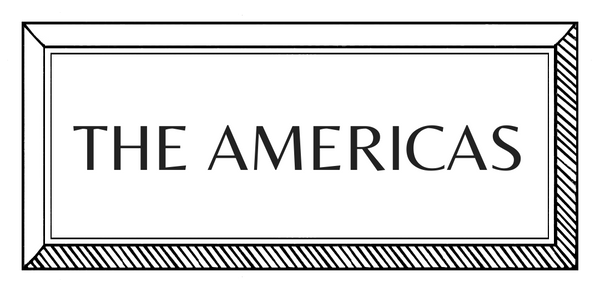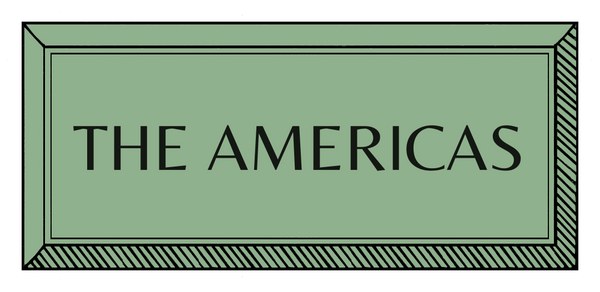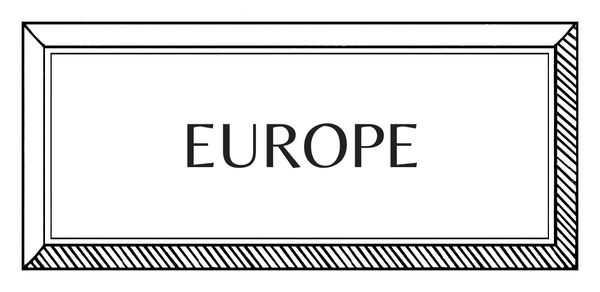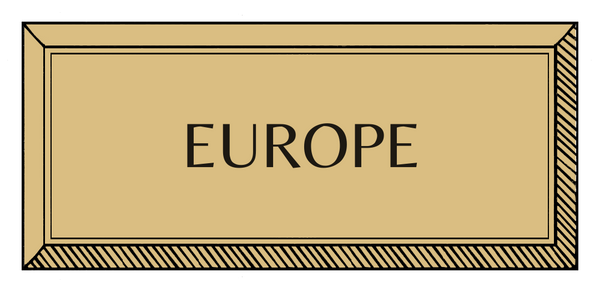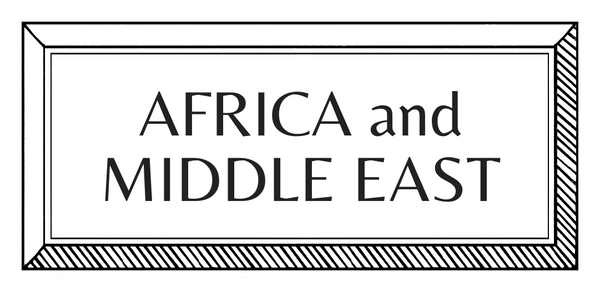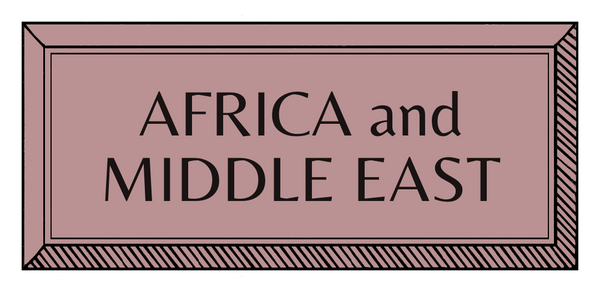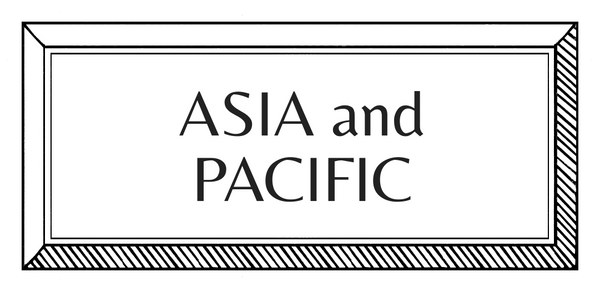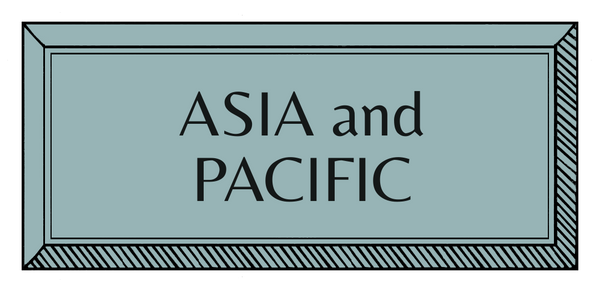MAKERS | AFRICA | MALI | TEXTILES
Aboubakar Fofana | Indigo Dyer

Born in Mali and raised in France, Aboubakar Fofana’s early life was an amalgamation of two worlds. This duality sparked his pursuit of traditional craft, bridging the cultural divide through the study of ancient artisanal practices. His craft is more than just textile making: it is a meditative practice deeply rooted in ancient traditions of indigo dyeing and organic, sustainable artistry.
From farm to fiber to fabric to fine art, the process by which Aboubakar Fofana has achieved the mastery of indigo is phenomenal. Refining ancestral West African natural dyeing techniques, each of his creations seeks to promote the health of humans and the land, through the healing aspects of pure indigo. The results are art pieces and installations reflecting cosmology’s twelve shades of blue.
How did you begin?
My journey began as a personal search for my roots. Growing up in France, I felt disconnected from my Malian heritage and found inspiration in rediscovering the beauty of the natural world and the profound cultural practices tied to the land.
The desire to restore something that was fading drove me to immerse myself in learning these ancient methods. The tradition of indigo dyeing has been part of West African culture for centuries. The plants used, such as Indigofera arrecta and Philenoptera cyanescens, have long been cultivated in this region, giving rise to elaborate dyeing techniques passed down through generations.
My journey into this world began with a desire to reconnect with my Malian roots; all the master dyers were gone, so I had to immerse myself in cultural heritage, extensive research, and deepen my knowledge of these ancient techniques.
How did you learn?
Over the decades, my training involved deep research, trial, and error—both in understanding the technical side of the craft and in finding my own voice as an artist. My education was as much about understanding the spiritual and cultural significance of my craft as it was about mastering the technical processes.

How do you plan, prepare, and create?
Before creating a piece, I carefully plan each step, starting with the preparation of the indigo and the selection of fabrics. This preparation involves everything from cultivating the plants for dye to choosing the right fibers that will best hold the indigo color. Every stage is intentional—a form of creative ritual that marries the ancient with the present. My process begins with growing the plants needed to create natural indigo dye, which is a painstaking effort in itself. I source materials like hand-woven cotton or linen sustainably, reinforcing my commitment to ecological responsibility. The dyeing process requires not only technical skill but also a connection to nature, as I carefully prepare the indigo through fermentation and intricate submersion techniques that have been used for generations.
Who or what most influences your work?
Nature is my greatest influence. The natural rhythm of the seasons, the way plants grow, and how they interact with their environment inform every decision I make in my practice. Artists and thinkers who explore the intersection of nature and art, like the Japanese aesthetic of wabi-sabi, also shape my work.
What makes my work distinctive is how I revive ancient African dyeing traditions while also incorporating modern twists. While the fundamentals remain true to their origins, I have evolved the practice to include more contemporary applications, making it relevant in today’s world. From raw materials to finished pieces, each creation is both a tribute to history and an exploration of what’s possible.
Today, my work is more than a homage to tradition—it is a living craft. My pieces are more than functional textiles; they are art objects—each one a meditation on the relationship between humanity, nature, and time.
What does a typical day look like?
A typical day for me in Mali balances farming, dyeing, and experimenting in my studio. I start the day tending to the plants and overseeing the dye fermentation process. I spend time in quiet reflection, allowing the organic processes to unfold naturally. My work is slow and methodical, as every step depends on the successful interaction of time, materials, and my own skilled hands.
One more thing... An object you’ll never part with?
If I had to choose one object I’d never part with, it would likely be something from my process—perhaps my first dye vat, an old textile piece handed down to me by my mentors, or an item from my extensive antique textile collection. These objects hold deep sentimental value, representing my connection to tradition and my artistic journey.

Interview by Peter Speliopoulos
Images from François Goudier












